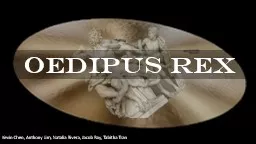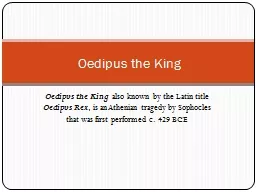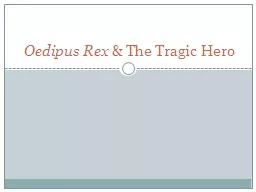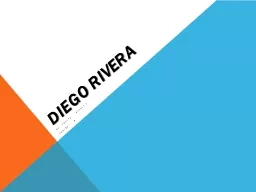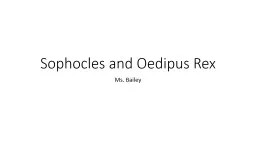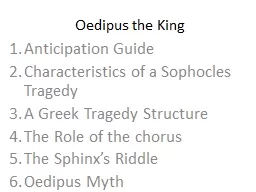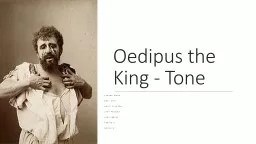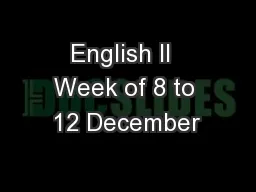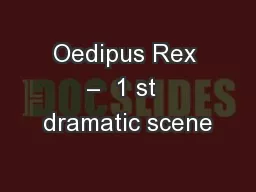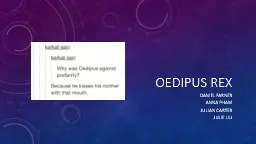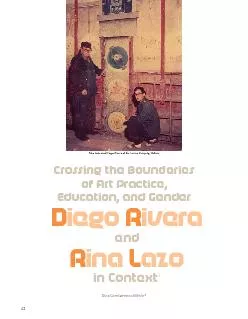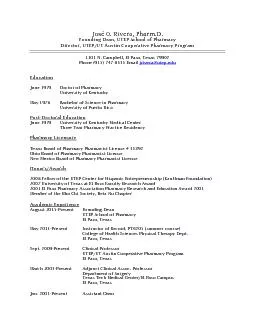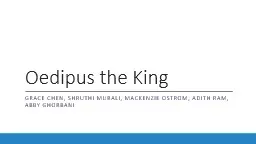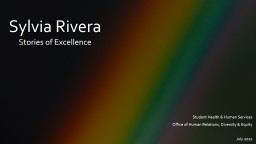PPT-Oedipus Rex Kevin Chen, Anthony Lim, Natalia Rivera, Jacob Roy, Tabitha Tran
Author : natalia-silvester | Published Date : 2018-10-24
Symbol A symbol is an object action or event that represents something or that creates a range of associations beyond itself In Oedipus the King what are the
Presentation Embed Code
Download Presentation
Download Presentation The PPT/PDF document "Oedipus Rex Kevin Chen, Anthony Lim, Nat..." is the property of its rightful owner. Permission is granted to download and print the materials on this website for personal, non-commercial use only, and to display it on your personal computer provided you do not modify the materials and that you retain all copyright notices contained in the materials. By downloading content from our website, you accept the terms of this agreement.
Oedipus Rex Kevin Chen, Anthony Lim, Natalia Rivera, Jacob Roy, Tabitha Tran: Transcript
Download Rules Of Document
"Oedipus Rex Kevin Chen, Anthony Lim, Natalia Rivera, Jacob Roy, Tabitha Tran"The content belongs to its owner. You may download and print it for personal use, without modification, and keep all copyright notices. By downloading, you agree to these terms.
Related Documents

